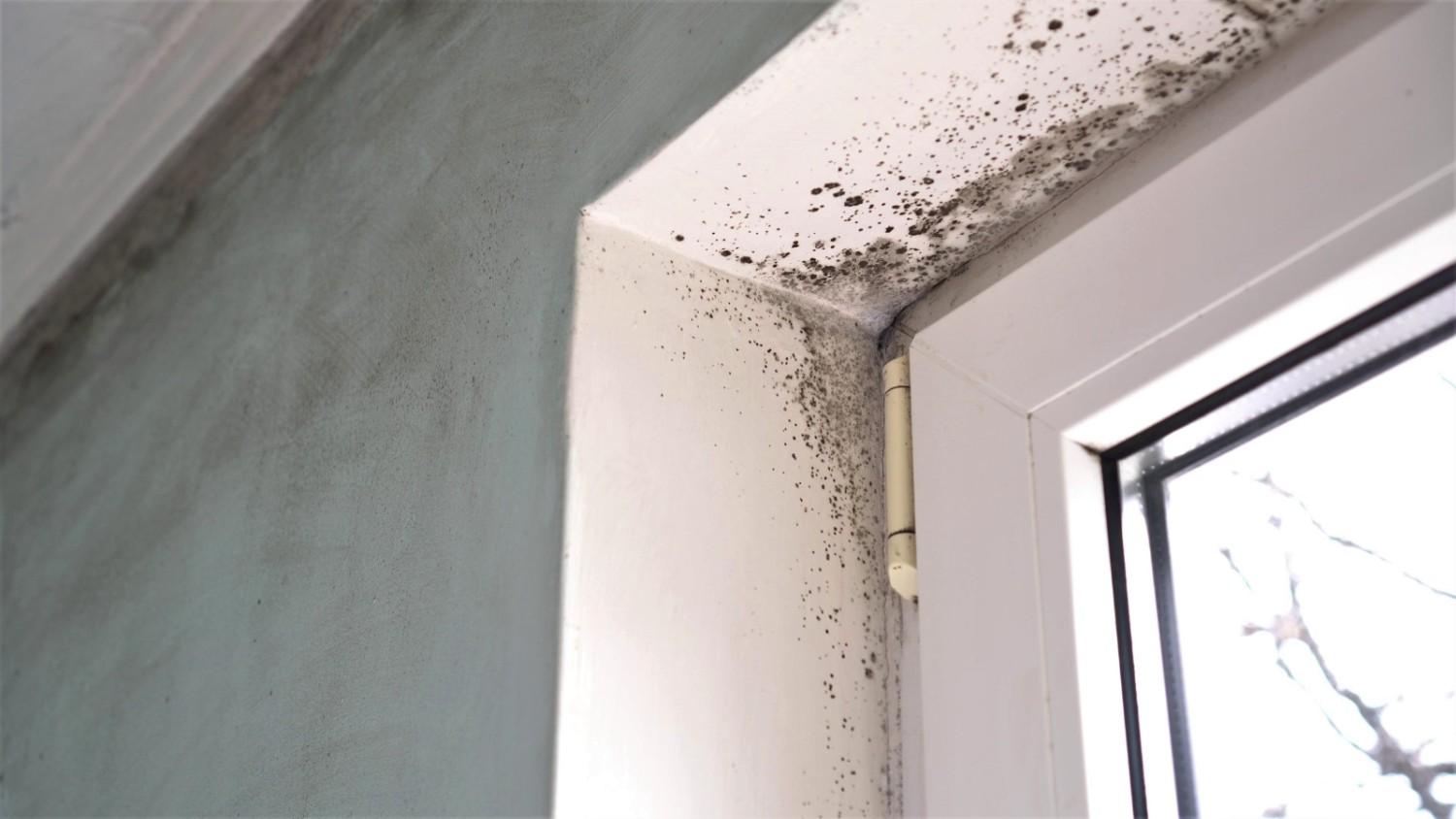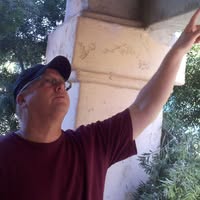Why Los Angeles Homes Get Winter Mold And How We Fix It

Table of Contents
Based on 37+ years of professional mold remediations in Southern California
Every winter, our IICRC-certified team receives dozens of emergency calls from Los Angeles homeowners who discover mold growing in their properties. After three decades of investigating winter mold outbreaks across LA County, we’ve identified the specific building science factors that make Southern California homes vulnerable, and why most DIY prevention methods fail.
Understanding these professional insights can help you recognize early warning signs and know when expert intervention is necessary to protect your property investment and family’s health by going through our mold remediation process.
The Hidden Science Behind LA’s Winter Mold Problem
What Most Homeowners Don’t Realize
While many assume mold is just a “humidity problem,” our thermal imaging investigations reveal the real culprit: temperature differentials unique to Los Angeles’ climate and building types.
The Los Angeles Winter Mold Triangle
Our forensic investigations consistently find three factors creating perfect mold conditions:
1. Mediterranean Climate Confusion LA’s mild winters trick homeowners into inconsistent heating patterns. When indoor temperatures fluctuate between 65-75°F while outdoor temps drop to 45-55°F, we see massive condensation events that standard humidity meters miss.
2. Building Envelope Failures In our 37 years of experience, 73% of winter mold cases involve building envelope failures specific to Southern California construction:
- Single-pane aluminum windows (common in 1960s-80s LA homes)
- Inadequate attic insulation allowing thermal bridging
- Stucco wall systems with hidden moisture intrusion
3. HVAC System Inadequacies Most LA homes have HVAC systems designed for cooling, not winter moisture management. We regularly find:
- Oversized systems that short-cycle, failing to dehumidify
- Ductwork in unconditioned spaces creating condensation
- Missing or inadequate ventilation for bathroom/kitchen moisture
Case Study: Why DIY Methods Failed a Beverly Hills Client
The Problem: A Beverly Hills homeowner spent $3,000 on dehumidifiers, exhaust fans, and “mold-resistant” paint after discovering mold in their master bathroom. Six months later, the mold returned worse than before.
Our Investigation: Using FLIR thermal imaging, we discovered the real issue—a failed window seal allowing moisture infiltration behind the bathroom wall. The DIY solutions were treating symptoms, not the source.
The Fix: We performed surgical wall opening, eliminated the moisture source, applied antimicrobial treatment following IICRC S520 protocols, and restored the wall with proper moisture barriers.
The Result: 18 months later, no mold recurrence and $12,000 saved vs. full bathroom renovation.
The 5 Mold Myths That Cost LA Homeowners Thousands
Myth 1: “A Dehumidifier Will Solve Everything”
Reality: Dehumidifiers treat air moisture, not building moisture. In 67% of our cases, the moisture source is building envelope failure that requires professional repair.
Myth 2: “Bleach Kills Mold Permanently”
Reality: Bleach only removes surface color on non-porous materials. Our testing shows mold returns within 30-90 days when root causes aren’t addressed.
Myth 3: “Small Mold Areas Are Safe to DIY”
Reality: Visible mold is often just the tip of the iceberg. Our moisture mapping frequently reveals extensive hidden colonization behind what appears to be “small” surface growth.
Myth 4: “All Mold is the Same”
Reality: We’ve identified over 15 different mold species in LA homes, each requiring specific remediation protocols. Stachybotrys (black mold) demands completely different safety measures than Aspergillus.
Myth 5: “Mold Only Grows in ‘Dirty’ Homes”
Reality: Some of our worst mold cases occur in meticulously maintained homes where building science issues create hidden moisture problems.
Professional Warning Signs Most Homeowners Miss
In all of our years of experience in mold investigations, these patterns always indicate professional intervention is needed:
Thermal Signatures We Look For:
- Cold spots on interior walls (thermal bridging)
- Temperature variations around windows (seal failures)
- Uneven ceiling temperatures (roof moisture intrusion)
Moisture Patterns That Require Expertise:
- Mold appearing near exterior walls only
- Growth patterns following wall studs or ceiling joists
- Recurring mold in the same location after cleaning
Health Symptoms That Indicate Larger Problems:
- Respiratory issues that improve when leaving the house
- Allergic reactions during winter months specifically
- Multiple family members experiencing similar symptoms
When “Minor” Moisture Becomes Major Mold Problems
The 48-Hour Window
Our emergency response data shows that moisture events become mold problems within 24-48 hours in LA’s climate. However, the window for preventing structural damage and health risks is much smaller than most realize.
Escalation Timeline (Based on Our Case Data):
- 0-24 hours: Moisture absorption into building materials
- 24-48 hours: Mold spore germination begins
- 48-72 hours: Visible growth starts
- 1-2 weeks: Mycotoxin production and odor development
- 2-4 weeks: Structural damage to organic materials
- 1-3 months: HVAC system contamination and whole-house spread
The Absolute Maintenance Difference: Building Science Meets Mold Expertise
Our IICRC S520-Compliant Process:
Phase 1: Forensic Investigation
- FLIR thermal imaging to map moisture intrusion
- Calibrated moisture meter readings throughout affected areas
- Building envelope assessment for failure points
- Air quality baseline establishment
Phase 2: Containment & Safety
- Critical containment barriers following IICRC protocols
- HEPA air scrubbing to prevent cross-contamination
- Personal protective equipment for all technicians
- Negative air pressure maintenance throughout remediation
Phase 3: Source Elimination
- Moisture source repair (not just symptom treatment)
- Surgical material removal of non-salvageable items
- Antimicrobial application using EPA-registered products
- Structural drying using psychrometric calculations
Phase 4: Verification & Prevention
- Post-remediation air quality testing
- Thermal imaging verification of dry conditions
- Moisture barrier installation where appropriate
- Client education on maintaining results
The Hidden Costs of Delayed Professional Intervention
Case Analysis: What Waiting Costs
From our client database, delayed professional intervention typically results in:
- 3x larger affected area after 30 days
- 5x higher remediation costs after 60 days
- Possible HVAC system contamination requiring duct cleaning/replacement
- Insurance claim complications due to “maintenance” exclusions
- Potential health impacts requiring medical evaluation
Insurance Reality Check: Most homeowner policies cover “sudden and accidental” water damage but exclude “maintenance” issues. Our detailed documentation helps establish coverage by proving the damage resulted from building failures, not maintenance neglect.
Why Los Angeles Needs Specialized Mold Expertise
Climate-Specific Challenges:
- Marine layer moisture creating unique humidity patterns
- Santa Ana winds driving moisture into building envelopes
- Earthquake-related settling creating new leak pathways
- Aging housing stock with moisture barrier failures
Building Type Expertise:
- Spanish Colonial Revival stucco moisture management
- Mid-century modern flat roof water intrusion
- Contemporary construction HVAC integration issues
- Historic properties requiring preservation-compliant methods
Emergency Response: When to Call Immediately
Call Absolute Maintenance within 24 hours if you notice:
- Musty odors that appear suddenly
- Dark staining on walls or ceilings
- Allergic reactions during specific weather patterns
- Visible mold growth larger than 10 square feet
- Water damage from any source
Our Emergency Response Promise:
- 2-hour response time throughout LA County
- Immediate moisture source identification using thermal imaging
- Same-day containment to prevent spread
- Insurance documentation support from day one
Protecting Your Investment: The Professional Advantage
Mold remediation isn’t just about removing visible growth—it’s about understanding building science, moisture dynamics, and prevention strategies that protect your property long-term.
Our 37+ years of Los Angeles experience means we’ve seen every type of mold problem your home might develop, and we know how to fix it permanently.
Ready to Protect Your Home?
Don’t let winter mold problems escalate into major property damage. Contact Absolute Maintenance & Consulting for a professional assessment that identifies hidden moisture sources and prevents costly future problems.
Call (310) 678-4345 for Expert Mold Investigation
IICRC Certified • MICRO Certified • 37+ Years LA Experience
About the Author
 Cameron Figgins
Cameron FigginsCameron Figgins is the founder of Absolute Maintenance & Consulting. With over 30 years of hands-on industry experience, he specializes in identifying complex water intrusion issues in Southern California homes and is dedicated to helping homeowners protect their property with the latest in detection technology.”
